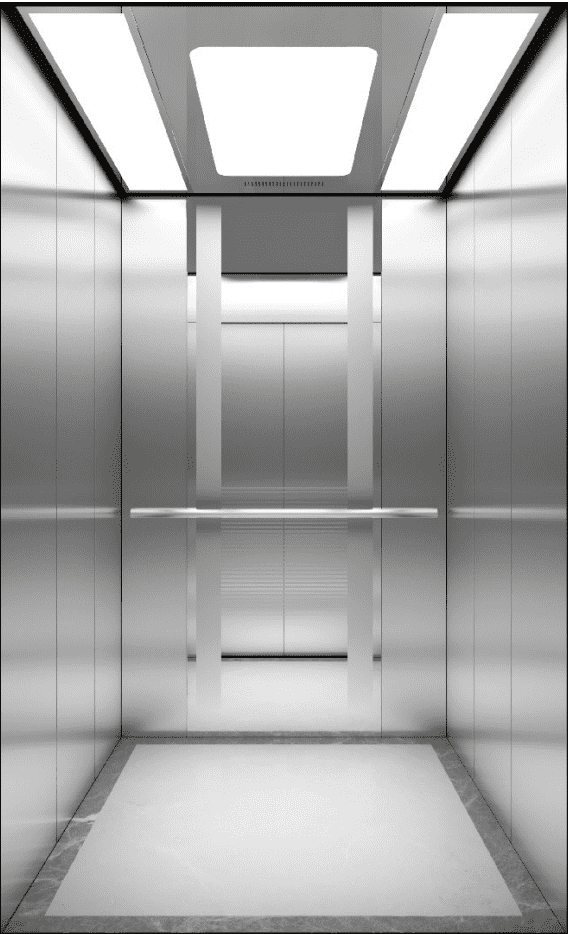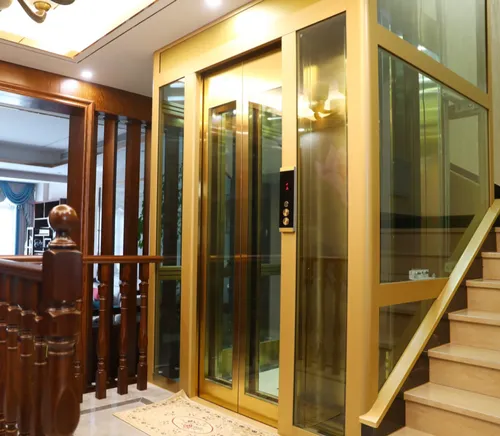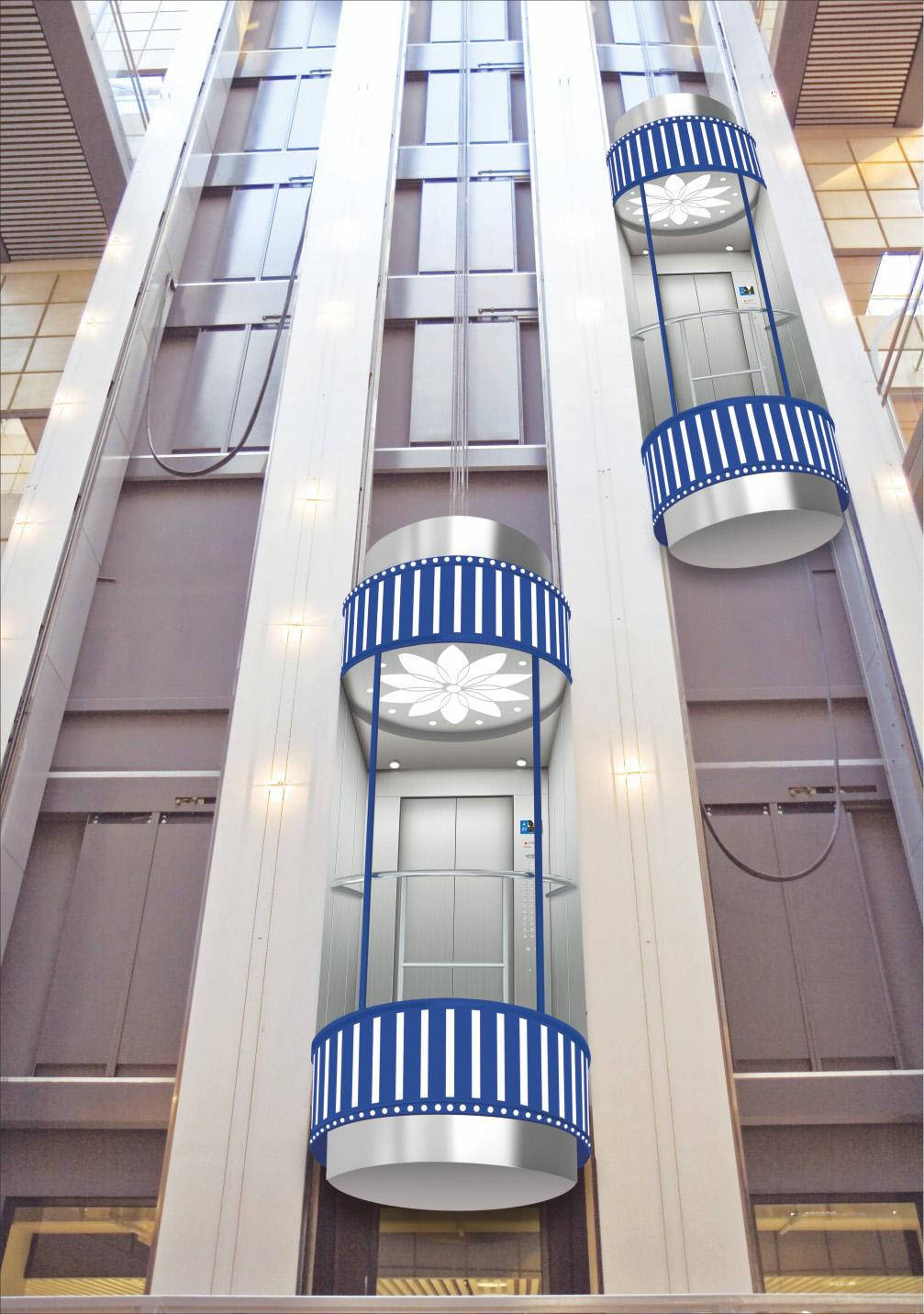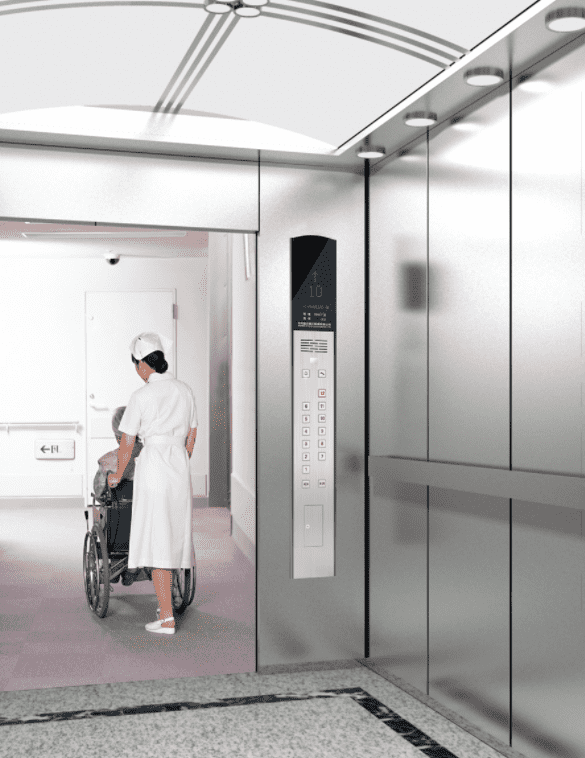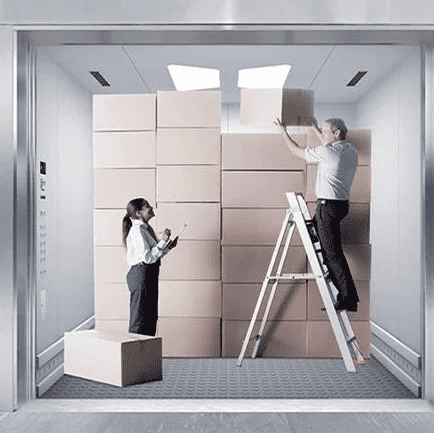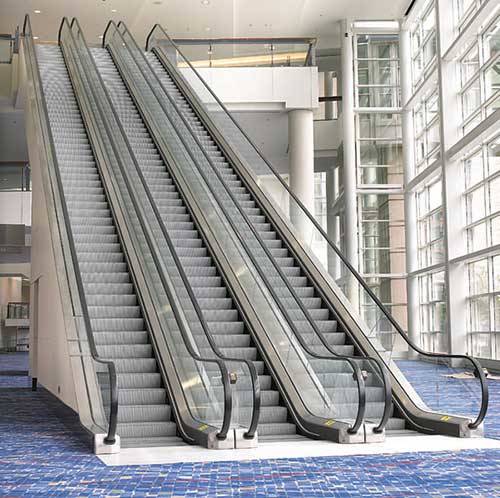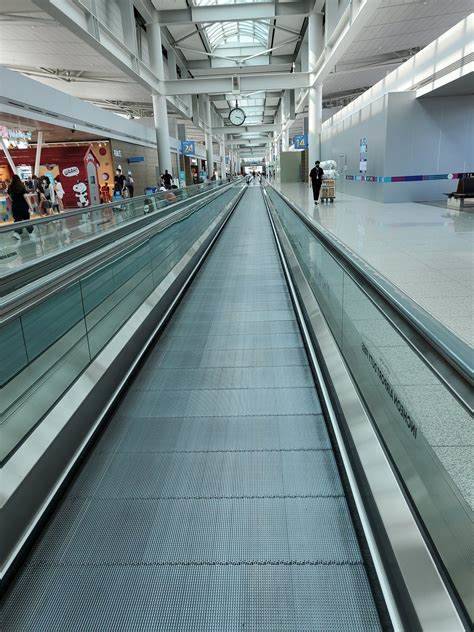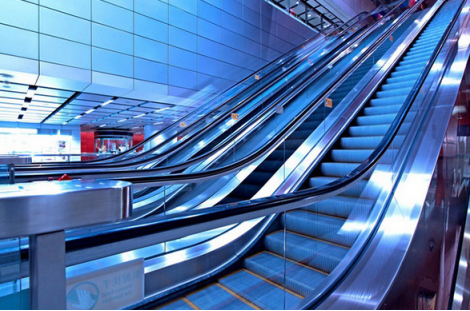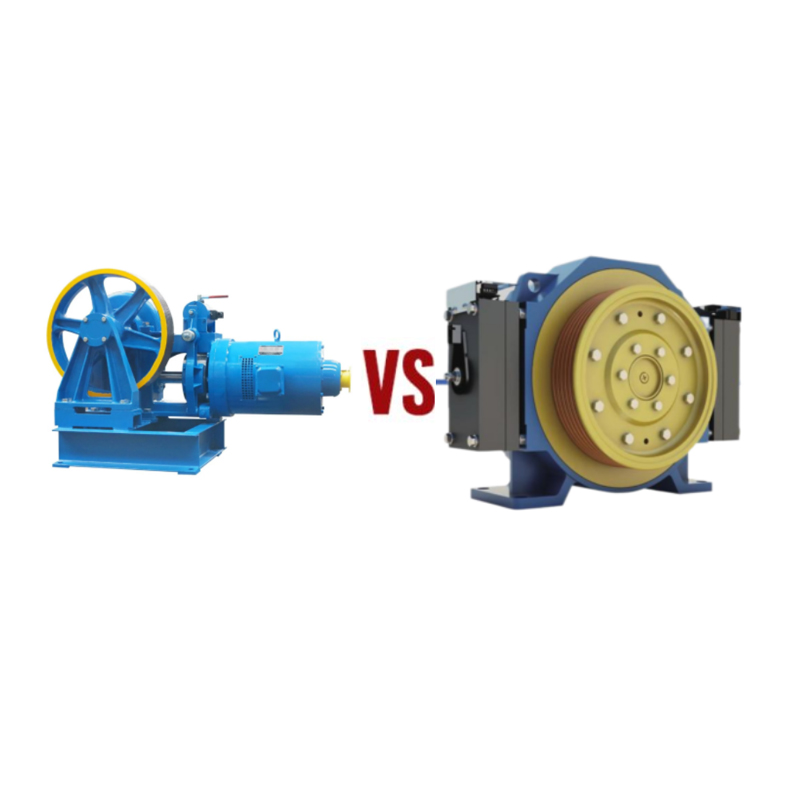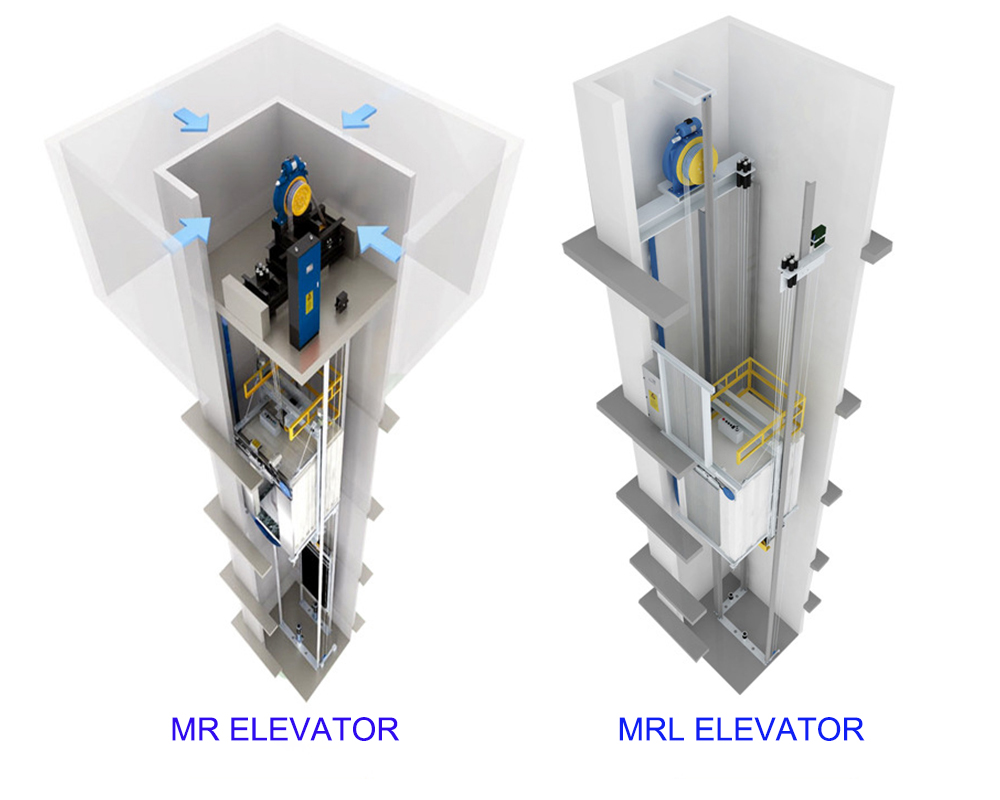Freight elevators play a crucial role in the logistics and operational efficiency of various industries, from warehouses and manufacturing facilities to commercial buildings. Designed to transport heavy goods and materials with ease, these robust elevators are the backbone of efficient vertical transportation. Understanding the features, benefits, and applications of freight elevators is essential for businesses looking to optimize their material handling processes and ensure safe, reliable movement of goods.So today let’s explore freight elevators and their dimensions, types and features.
Table of Contents
What is a freight elevator?
What are the features of freight elevator?
Freight elevator dimensions?
Freight elevator dimensions?
Freight elevators cost?
What are the different types of freight elevator?
How fast is a freight elevator?
What is the load capacity of a freight elevator?
5 Key Applications of Freight Elevators
Methods of Loading Goods on Freight Elevators
Factors to Consider When Selecting a Freight Elevator
Freight Elevator Safety Standards and Regulations
What is the difference between Freight elevator vs passenger elevator?
Freight elevators manufacturers?
FUJIRISE Freight Elevator: The Best Freight Elevator You Can Get
What is a freight elevator?
A freight elevator is a type of elevator designed primarily for transporting goods, materials, or cargo rather than passengers. Unlike passenger elevators, freight elevators typically have larger, more robust platforms to accommodate heavy loads and often feature reinforced construction to handle the wear and tear associated with frequent use of heavy items. They are commonly used in commercial buildings, warehouses, and industrial facilities. Freight elevators can be operated manually or automatically and may include features like larger doors, higher weight capacities, and durable materials to withstand heavy use.
What are the features of freight elevator?
Freight elevators are designed specifically for transporting heavy loads and materials. Here are some key features:
High Weight Capacity: Designed to handle heavy loads, often ranging from a few thousand pounds to several tons.
Large Car Size: Spacious interiors to accommodate large and bulky items.
Durable Construction: Built with robust materials to withstand heavy use and impact from goods.
Wide Doors: Often equipped with larger, reinforced doors for easier loading and unloading of cargo.
Heavy-Duty Flooring: Floors are reinforced to support heavy weights and resist damage.
Safety Features: Includes features like overload sensors, safety gates, and emergency stop buttons.
Manual or Automatic Operation: Can be operated manually by an attendant or automatically.
Smooth Operation: Designed to handle frequent stops and starts without damaging cargo.
Customizable: Can be tailored to specific industry needs, such as specialized shelving or hooks for securing loads.
Advanced Control Systems: Modern freight elevators often come with advanced control systems for efficient operation and maintenance monitoring.
Freight elevator dimensions?
Freight elevators vary in size depending on their intended use and the building’s specifications, but here are some general dimensions:
Capacity: Typically ranges from 2,000 to 8,000 pounds or more.
Cab Dimensions: Width: 6 to 10 feet – Depth: 8 to 12 feet- Height: 8 to 12 feet
Door Dimensions: Width: 6 to 10 feet- Height: 7 to 10 feet
Speed: Usually slower than passenger elevators, ranging from 50 to 200 feet per minute.
For precise dimensions, it’s best to refer to the manufacturer’s specifications or the building’s design requirements.
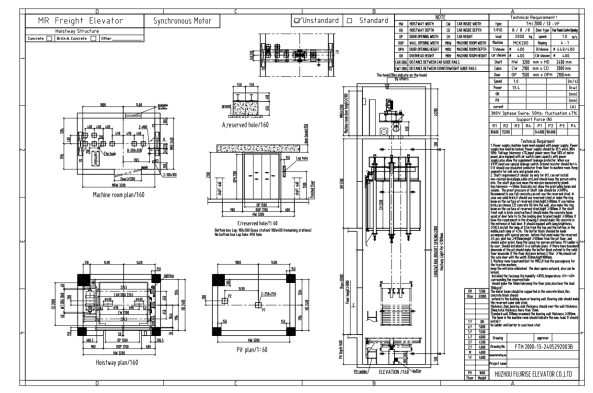
Freight elevators cost?
The cost of a freight elevator can vary widely based on several factors including the size, capacity, type, and customization options. Here’s a general breakdown:
Standard Freight Elevators:Basic models typically range from $20,000 to $50,000.
Larger or Custom Freight Elevators:Higher capacity or custom designs can range from $50,000 to $150,000 or more.
Installation Costs:Installation can add another $10,000 to $40,000, depending on the complexity of the project and location.
Additional Costs:Maintenance, permits, and potential modifications to the building structure can also impact the overall cost.
For an accurate estimate, it’s best to consult with elevator manufacturers or contractors who can provide a detailed quote based on your specific needs and conditions.
What are the different types of freight elevator?
Traction Freight Elevator
Uses steel ropes and a traction machine to move the elevator through friction. Typically faster and suitable for high-rise buildings.
Hydraulic Freight Elevator
Uses hydraulic cylinders to move the elevator.Suitable for mid to low-rise buildings.
Machine Room Less Elevator (MRL)
Does not require a separate machine room; equipment is integrated into the shaft.
Can be either traction or hydraulic.
Material Lifts
Specifically designed for transporting materials, usually without passengers.Simple structure, similar to vertical conveyors.
Ascensor de cabina
Designed to transport cars, equipped with special tracks and platforms.Suitable for garages, underground parking lots, and car showrooms.
Dumbwaiters
Small elevators used for transporting lightweight items like food or documents.Compact structure, occupies little space.
How fast is a freight elevator?
The speed of a freight elevator varies depending on its type and application, but generally:
Standard Freight Elevators: Typically range from 50 to 150 feet per minute (fpm).
High-Speed Freight Elevators: Can reach up to 200 to 500 feet per minute, mainly used in high-rise buildings or specific industrial applications.
Freight elevators are generally slower than passenger elevators because they are designed to carry heavier loads and ensure safe transport of goods.
What is the load capacity of a freight elevator?
The load capacity of a freight elevator can vary widely depending on its design and intended use, but generally:
Light-Duty Freight Elevators: Capacity ranges from 2,000 to 4,000 pounds (approximately 900 to 1,800 kg).
Medium-Duty Freight Elevators: Capacity ranges from 5,000 to 8,000 pounds (approximately 2,300 to 3,600 kg).
Heavy-Duty Freight Elevators: Capacity can exceed 10,000 pounds (approximately 4,500 kg) and go up to 20,000 pounds (approximately 9,000 kg) or more.
Specialized freight elevators, such as those used in industrial settings or for transporting vehicles, can have even higher load capacities.
5 Key Applications of Freight Elevators
Warehouses:Used to move goods and materials between floors for efficient storage and retrieval.
Manufacturing Facilities:Transports raw materials, components, and finished products within the plant.
Commercial Buildings:Assists in moving supplies, equipment, and inventory in places like shopping malls and office buildings.
Hospitals:Moves medical supplies, equipment, and sometimes even patients or laundry between different hospital floors.
Parking Garages: Car elevators are used to transport vehicles between parking levels, optimizing space and accessibility.
These applications highlight the versatility and importance of freight elevators in various industries and settings.
Methods of Loading Goods on Freight Elevators
Manual Loading:Workers manually carry or push goods onto the elevator.Suitable for smaller, lighter items or low-volume operations.
Hand Trucks and Dollies:Goods are placed on wheeled carts and then rolled onto the elevator.Efficient for transporting multiple items at once or heavier items that can still be moved manually.
Pallet Jacks:Pallets loaded with goods are moved using manual or electric pallet jacks.
Ideal for warehouses and manufacturing facilities where goods are stored on pallets.
Forklifts:Forklifts load and unload heavy or bulky items onto the elevator.Common in industrial settings where large or heavy goods are handled.
Automated Guided Vehicles (AGVs):Automated vehicles load goods onto the elevator without human intervention.Used in advanced logistics and manufacturing operations for increased efficiency and safety.
Each method is chosen based on the weight, size, and nature of the goods being transported, as well as the specific operational requirements of the facility.
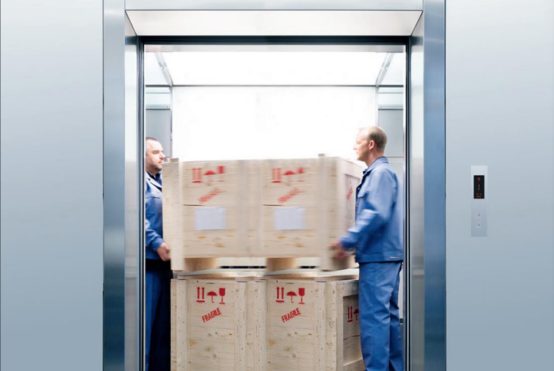
Factors to Consider When Selecting a Freight Elevator
When selecting a freight elevator, consider the following factors:
Load Capacity:Determine the maximum weight the elevator needs to transport to ensure it can handle your load requirements.
Dimensions:Ensure the cab size (width, depth, height) and door dimensions fit the size and shape of the goods being transported.
Building Structure:Evaluate the building’s height, number of floors, and structural capacity to support the type of freight elevator chosen.
Type of Goods: Identify any special requirements based on the type of goods being transported, such as climate control, reinforced flooring, or specific safety features.
Speed and Efficiency:Choose an elevator with a speed that balances operational efficiency and safety, appropriate for the frequency and urgency of your transportation needs.
Durability and Maintenance:Select a robust, high-quality elevator designed for heavy use, and consider the ease and frequency of maintenance required to ensure long-term reliability.
Compliance and Safety:Ensure the elevator meets all relevant local and industry safety standards and regulations to guarantee safe operation.
Cost:Consider the initial purchase price, installation costs, and long-term operational expenses, including maintenance and energy consumption.
Type of Freight Elevator:Decide between different types, such as traction, hydraulic, machine room-less, or specific-purpose elevators, based on your specific application needs.
Installation Space:Assess the available space for installation, including the potential need for a machine room or other structural modifications.
By carefully evaluating these factors, you can select a freight elevator that meets your operational requirements and ensures efficient and safe transportation of goods.
Freight Elevator Safety Standards and Regulations
Freight elevators must comply with various safety standards and regulations to ensure safe operation. Key standards and regulations include:
ASME A17.1/CSA B44
Standard: Safety Code for Elevators and Escalators.
Scope: Establishes safety requirements for the design, construction, operation, inspection, testing, maintenance, alteration, and repair of elevators, including freight elevators, in the United States and Canada.
EN 81-20 and EN 81-50**
Standard: Safety rules for the construction and installation of lifts.
Scope: Specifies safety requirements and tests for the construction and installation of elevators, including freight elevators, in Europe.
ISO 8100-1 and ISO 8100-2
Standard: Safety requirements for lifts.
Scope: Provides global safety standards for the design, installation, and maintenance of elevators, including freight elevators.
ADA Compliance
Standard: Americans with Disabilities Act.
Scope: Ensures accessibility features are included, such as adequate door width and controls at accessible heights.
Local Building Codes
Scope: Varies by region but generally includes additional safety, construction, and installation requirements specific to local jurisdictions.
Fire Safety Codes
Scope: Includes requirements for fire-resistant materials, fire alarms, and emergency operations to ensure safety in case of fire.
OSHA Regulations
Standard: Occupational Safety and Health Administration regulations.
Scope: Ensures workplace safety, including safe operation and maintenance of freight elevators in work environments.
Periodic Inspections and Maintenance
Requirement: Regular inspections and maintenance are mandated by safety codes and local regulations to ensure continuous safe operation.
Emergency Systems
Standard: Requirements for emergency systems such as alarms, emergency lighting, and communication systems to ensure passenger safety in emergencies.
Training and Certification
Scope: Ensures that operators and maintenance personnel are properly trained and certified to handle and maintain freight elevators safely.
By adhering to these safety standards and regulations, freight elevators can operate safely and efficiently, minimizing risks to both operators and transported goods.
What is the difference between Freight elevator vs passenger elevator?

Freight elevators and passenger elevators are designed for different purposes and have distinct features. Here are the key differences between the two:
Purpose and Use
Freight Elevator:
Designed specifically for transporting goods, materials, and heavy loads.
Commonly used in warehouses, factories, and commercial buildings.
Passenger Elevator:
Designed for transporting people.
Commonly used in residential buildings, offices, hotels, and public buildings.
Capacity and Size
Freight Elevator:
Higher load capacity, ranging from 2,000 to 20,000 pounds or more.
Larger cab dimensions to accommodate bulky items and pallets.
Passenger Elevator:
Lower load capacity, typically ranging from 1,000 to 4,000 pounds.
Smaller cab size, designed for comfort and aesthetics.
Construction and Design
Freight Elevator:
Robust and durable construction to withstand heavy use and rough handling.
May have reinforced flooring and walls, with simple interiors.
Passenger Elevator:
Designed for comfort and appearance, with polished interiors, mirrors, and comfortable seating.
Usually more sophisticated design and finishes.
Speed and Operation
reight Elevator:
Generally slower to ensure safe transportation of heavy loads.
Speed ranges from 50 to 150 feet per minute.
Passenger Elevator:
Faster to provide quick transportation between floors.
Speed ranges from 150 to 500 feet per minute or more.
Doors and Controls
Freight Elevator:
Often equipped with larger, more durable doors to accommodate bulky items.
Controls are usually simple and designed for functionality, sometimes with provisions for manual operation.
Passenger Elevator:
Smaller, more aesthetically pleasing doors.
Advanced control systems with features like touchscreens, voice commands, and accessibility options for people with disabilities.
Safety Features
Freight Elevator:
Equipped with safety features tailored to heavy loads, such as overload sensors and reinforced safety mechanisms.
Emergency stop buttons and alarms are standard.
Passenger Elevator:
Includes features like emergency communication systems, smooth start and stop mechanisms, and advanced braking systems for passenger safety.
Regulatory Compliance
Freight Elevator:
Must comply with specific industrial safety standards and regulations.
Passenger Elevator:
Must comply with accessibility standards (e.g., ADA compliance) and safety regulations focused on passenger comfort and safety.
Understanding these differences can help in selecting the right type of elevator for a specific application, ensuring both efficiency and safety.
Freight elevators manufacturers?
FUJIRISE Freight Elevator: The Best Freight Elevator You Can Get
When it comes to transporting goods efficiently and safely, FUJIRISE freight elevator stands out as the industry leader. Designed with robust construction and cutting-edge technology, it ensures reliability and durability even under the heaviest loads. Whether you’re moving bulky items in a warehouse or transporting materials in a manufacturing facility, the FUJIRISE freight elevator provides unmatched performance and ease of use.
FUJIRISE freight elevator is engineered for maximum capacity and speed, accommodating loads ranging from 2,000 to 20,000 pounds with ease. Its spacious cab and reinforced flooring make it ideal for handling large, heavy items, while its advanced control system offers smooth and precise operation. Safety is paramount, with features like overload sensors, emergency stop buttons, and state-of-the-art braking systems ensuring the protection of both goods and operators.
In addition to its superior functionality, FUJIRISE freight elevator is designed for minimal maintenance and long-term reliability. Its robust components and high-quality materials reduce downtime and maintenance costs, making it a cost-effective solution for any industrial or commercial application. When you choose FUJIRISE, you’re investing in the best freight elevator on the market, one that guarantees efficiency, safety, and peace of mind.

